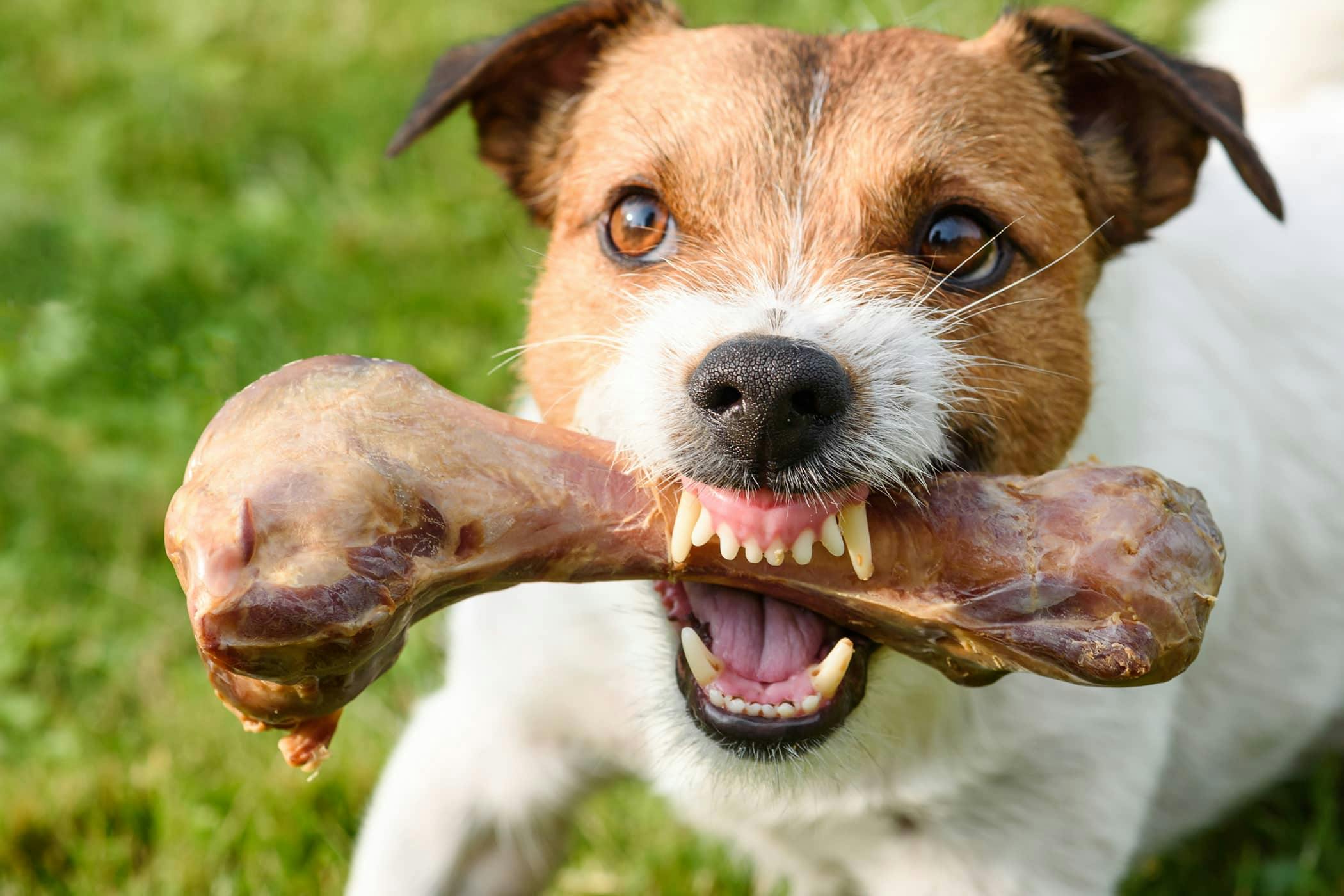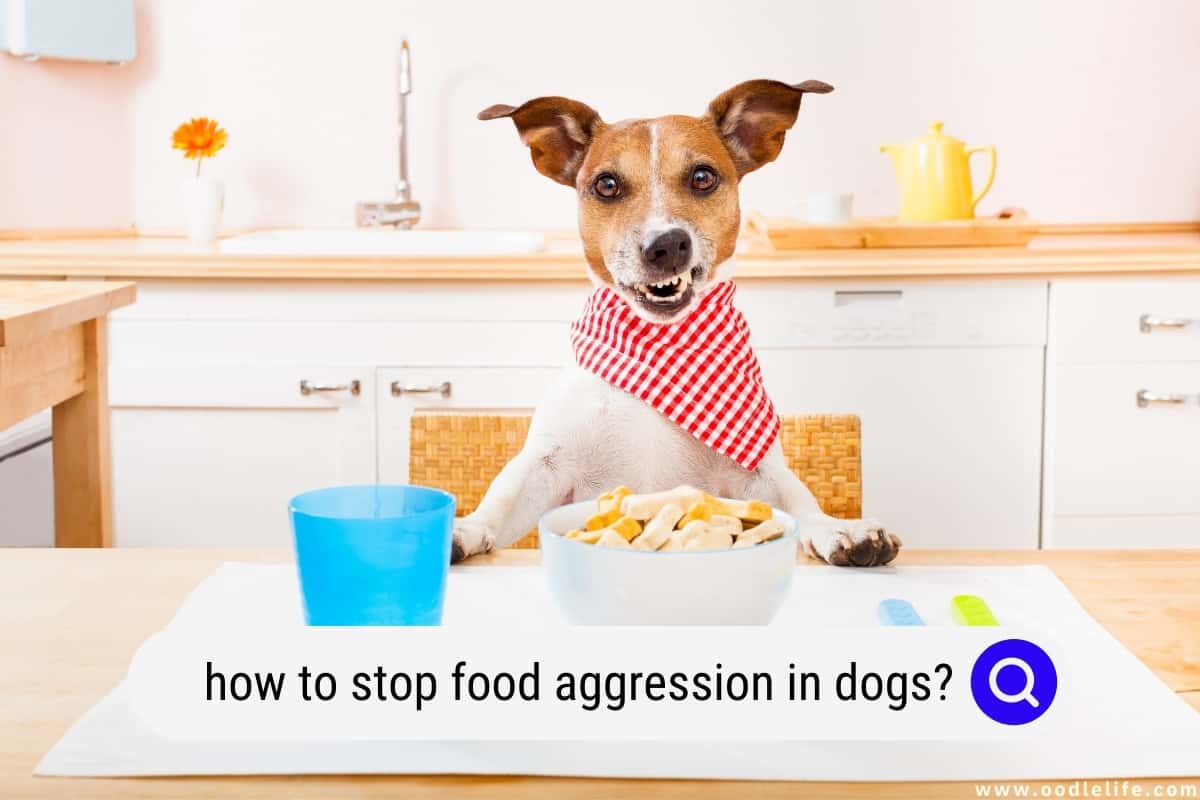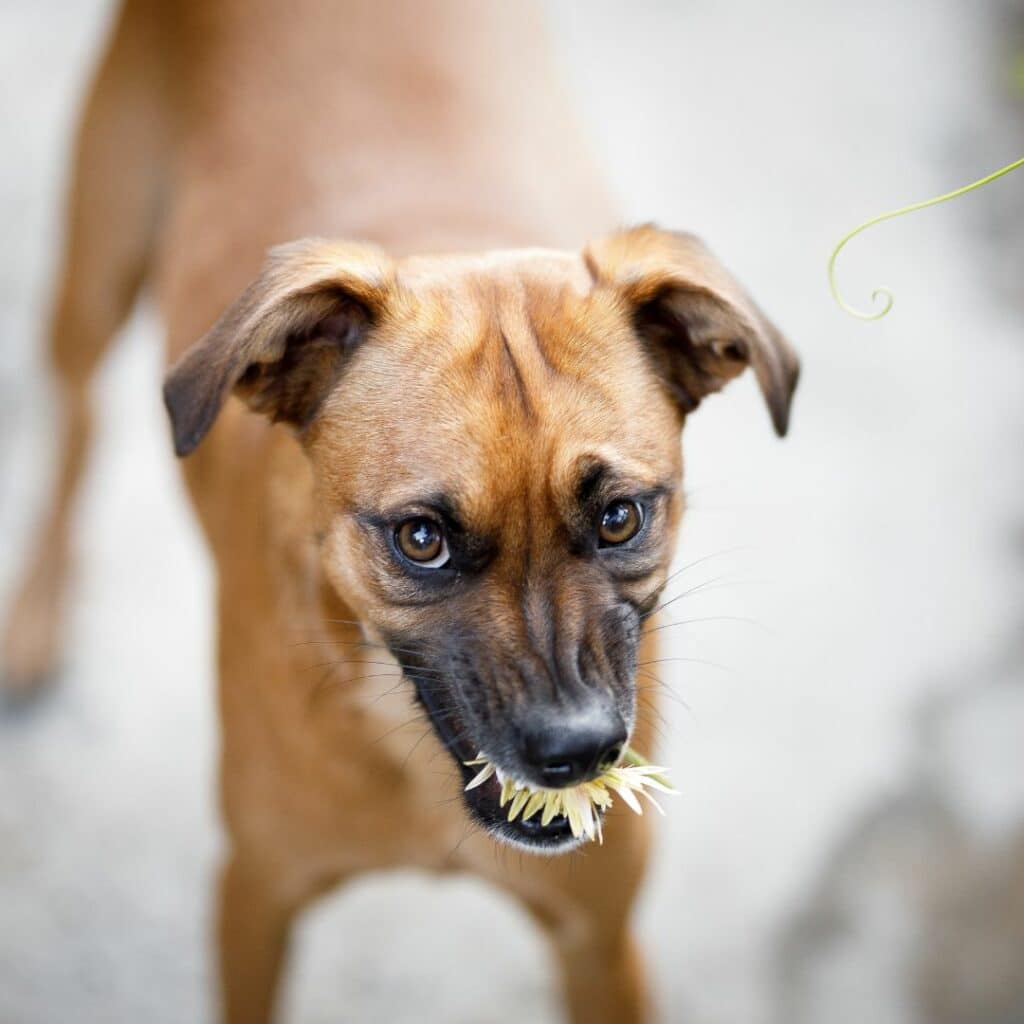Meals aggression in canine is a typical conduct downside that may be harmful for each canine and their homeowners. This text will discover the causes, indicators, and signs of meals aggression, in addition to present recommendations on handle and stop it.
Meals aggression is usually a major problem, however you will need to keep in mind that it’s typically treatable. With endurance and consistency, you may assist your canine overcome meals aggression and reside a cheerful, wholesome life.
Causes of Meals Aggression
Meals aggression in canine stems from a posh interaction of psychological and behavioral elements. Understanding these triggers is essential for addressing and stopping this undesirable conduct.
The roots of meals aggression typically lie within the canine’s notion of meals as a worthwhile useful resource. Canine might develop into aggressive once they really feel threatened or insecure about their entry to meals. This may be triggered by quite a lot of conditions, reminiscent of being approached by one other animal or individual whereas consuming, having their meals bowl taken away, or being given too little meals.
Genetics
Genetics can play a job in meals aggression, with sure breeds being extra susceptible to the conduct. For instance, breeds just like the Chihuahua and Dachshund are identified to be extra protecting of their meals. Nonetheless, genetics alone don’t decide meals aggression, and environmental elements even have a big affect.
Socialization
Correct socialization throughout puppyhood is important for stopping meals aggression. Puppies who are usually not uncovered to different animals and other people whereas consuming might develop into fearful or aggressive once they encounter these conditions later in life.
Coaching
Coaching may also help stop and handle meals aggression. Educating a canine to take a seat and keep earlier than being given meals, in addition to working towards mild dealing with across the meals bowl, may also help the canine really feel safer and fewer more likely to develop into aggressive.
Forms of Meals Aggression

Meals aggression in canine can manifest in several types, every with distinct behaviors and motivations.
Useful resource Guarding
Useful resource guarding is a typical kind of meals aggression the place canine understand their meals or consuming house as a worthwhile useful resource to be protected. They might exhibit behaviors reminiscent of:
- Growling or snapping when approached whereas consuming
- Blocking entry to their meals or water bowls
- Hiding or burying their meals
- Aggressive reactions in direction of different animals or individuals who come close to their meals
Possessive Aggression
Possessive aggression is much like useful resource guarding, however it extends past meals to incorporate different objects or areas. Canine with possessive aggression might exhibit behaviors reminiscent of:
- Guarding their toys, beds, or different possessions
- Growling or snapping when their possessions are touched or approached
li>Aggressive reactions in direction of anybody who tries to take or use their possessions
Redirected Aggression
Redirected aggression happens when a canine turns into aroused by a stimulus (e.g., one other animal or individual) whereas consuming and redirects its aggression in direction of one thing else close by. This will occur if the canine feels threatened or pissed off by the stimulus and lashes out on the closest goal.
Examples of redirected aggression embody:
- A canine growling or snapping at a toddler who walks by whereas it’s consuming
- A canine attacking a canine that barks at it whereas it’s consuming
- A canine biting an individual who tries to pet it whereas it’s consuming
Indicators and Signs of Meals Aggression

Recognizing the indicators of meals aggression in canine is essential for guaranteeing the protection of each the canine and people round it. Meals aggression is a critical behavioral problem that may manifest in numerous types, and it is important to concentrate on the widespread indicators to take acceptable motion.
Canine exhibiting meals aggression might show a spread of physique language cues, vocalizations, and behaviors that sign potential aggression. These indicators can range relying on the person canine, however there are some widespread patterns to observe for:
Physique Language
- Stiffening of the physique
- Decreasing of the pinnacle and tucking of the tail
- Ears pinned again
- Raised hackles
li>Dilated pupils
Vocalizations, Meals aggression in canine
- Growling
- Snapping
- Barking
Behaviors
- Lunging or snapping at anybody who approaches their meals bowl
- Defending their meals by standing over it or putting their physique in entrance of it
- Consuming rapidly and protectively, as in the event that they concern their meals shall be taken away
- Hiding or guarding their meals from others
It is necessary to notice that not all canine will exhibit all of those indicators. Some might solely present delicate indicators, whereas others might show extra aggressive behaviors. If you happen to discover any of those indicators in your canine, it is essential to hunt skilled assist from a veterinarian or licensed canine coach to deal with the underlying explanation for the aggression and develop a plan to handle it successfully.
Managing Meals Aggression: Meals Aggression In Canine
Meals aggression in canine is usually a critical behavioral downside that requires skilled intervention. Ignoring or punishing the canine for meals aggression can worsen the issue and make it tougher to deal with.It’s essential to hunt the assistance of a certified skilled, reminiscent of an authorized utilized animal behaviorist or a veterinary behaviorist, who has expertise in treating aggression circumstances.
They’ll assess the canine’s conduct, determine the underlying causes, and develop a customized remedy plan.
Conduct Modification Strategies
Conduct modification methods, reminiscent of counter-conditioning and desensitization, are generally used to deal with meals aggression in canine.* Counter-conditioningincludes pairing the set off (e.g., approaching the canine’s meals bowl) with one thing the canine enjoys (e.g., a deal with or reward). Over time, the canine learns to affiliate the set off with one thing optimistic, lowering their aggressive response.*
Desensitizationincludes progressively exposing the canine to the set off whereas maintaining them under their threshold (the purpose at which they react aggressively). By slowly rising the depth or length of the publicity, the canine learns to tolerate the set off with out reacting aggressively.
Sources for Skilled Assist
In case you are experiencing meals aggression in your canine, you will need to search skilled assist from a certified canine coach or behaviorist. Listed here are some assets:*
-*Affiliation of Skilled Canine Trainers (APDT)
-
-*Worldwide Affiliation of Animal Conduct Consultants (IAABC)
https://iaabc.org/
-*American Faculty of Veterinary Behaviorists (ACVB)
https://www.dacvb.org/
Stopping Meals Aggression

Stopping meals aggression in canine is essential for making a protected and harmonious family. Early socialization and coaching, together with cautious administration of mealtimes, may also help reduce the danger of this conduct growing.
Socialization ought to start at a younger age, exposing puppies to quite a lot of individuals, animals, and experiences in a optimistic and managed method. This helps them be taught to just accept and work together with others with out feeling threatened.
Introducing New Individuals and Animals
When introducing new individuals or animals to a canine’s meals bowl, accomplish that progressively and beneath supervision. Begin by having the brand new individual or animal sit or stand a distance away from the bowl whereas the canine eats. Steadily scale back the gap over a number of classes till the canine is comfy with the brand new presence.
Making a Optimistic Mealtime Atmosphere
Mealtimes must be a optimistic and stress-free expertise for canine. Feed them in a quiet and personal location, away from distractions and different pets. Keep away from approaching the canine whereas it’s consuming, as this may be perceived as a risk.
As an alternative, wait till the canine has completed consuming after which strategy calmly and provide reward.
Important FAQs
What are the indicators of meals aggression in canine?
The indicators of meals aggression in canine can range, however some widespread indicators embody growling, snapping, or biting when somebody approaches their meals bowl. Canine might also present indicators of tension or stress when they’re round meals, reminiscent of pacing, panting, or licking their lips.
What are the causes of meals aggression in canine?
There are a number of things that may contribute to meals aggression in canine, together with genetics, socialization, and coaching. Canine who’ve been abused or uncared for could also be extra more likely to develop meals aggression, in addition to canine who haven’t been correctly socialized round meals.
How can I stop meals aggression in my canine?
There are a variety of issues you are able to do to forestall meals aggression in your canine, together with socializing them round meals, coaching them to take a seat and keep earlier than they eat, and offering them with a protected and cozy place to eat.

